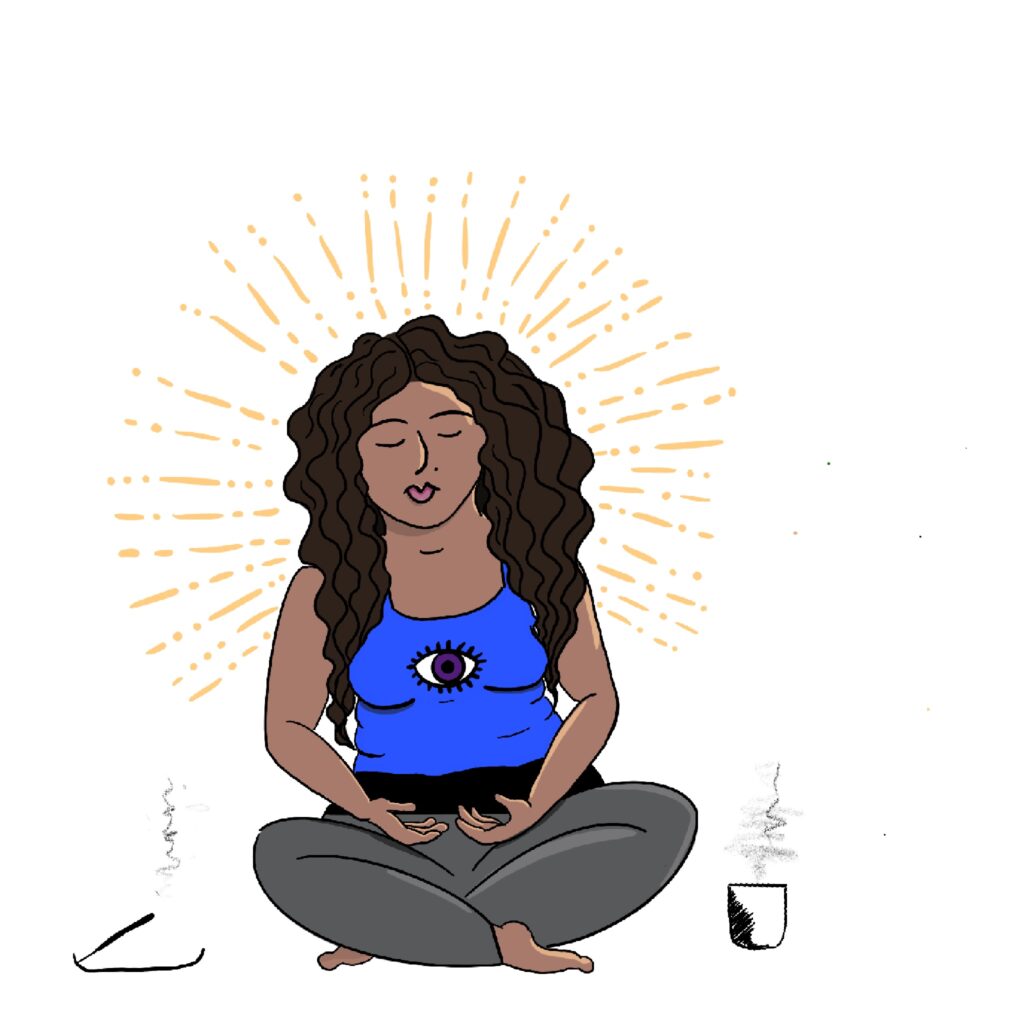by: d
some thoughts i’m still forming on radical self-care and self-actualization in a capitalist context:
i think about how my grandmother and other ancestors might conceptualize freedom and “radical self-care.” i imagine radical self-care being tied to all of our daily practices in sustaining our self-actualization. the Haudenosaunee believe that we arrive to this existence already self-actualized. In other words, our innate purposes and gifts are with us from the moment we are born. Imagine being affirmed in our unique inherent power as children! What kinds of goals would we set for ourselves? what kinds of self-care would we require?
on the other hand, Maslow estimated that less than 1% of people experience self-actualization. This kind of ideology strips us of our time, power, and our capacity to tend to our inherent gifts. and isn’t this precisely what happens in a capitalist, imperialist, neoliberal society? i think of my grandmother, who came to the united states when she was just 39 (three years older than me). I think of her crossing a border illegally with her 18 year old daughter, my mother. what does self-care look like when violence and poverty devour your home? when after so much running, your feet turn into sores? when your vision is clouded by hope? are hope and radical self-care the same thing? Mariame Kaba teaches us that hope is a discipline. i think of my grandmother, decades after arriving, gripping to a rosary, practicing hope, as her youngest son follows in her footsteps, across a river, across borders, alone.
i think back to the two of them, my mother and grandmother, being detained at the border. What does radical self-care or self-actualization look like when you’re inside a cage? I think of my mother working as a live-in servant, making $50 a week (40 of which paid her rent and debts). what does self-care look like when you have $10 left over to eat and sleep and live? there were no bath-bombs, or spa days. there was just each other. living disobedient, bold, hopeful, scared, hungry lives. there were networks of care — my tias, our neighbors, eventually my father. all moving together, intertwining, like plants stretching out towards the sun. Loveless and Smith (2022) talk about collaboration and interdependence as sites of resistance, of unpredictable, emergent growth. i wonder what else might’ve emerged in the absence of hunger and fear.
what did care look like for my grandmother? a lot of it was tied to making sure we were fed. when my uncle moved in with us, i remember my grandmother always saving half of her meals for him. always serving us a little more. un poquito más. how does oppression warp the way we love and care for one another? what strategies of care are unconditional, and resistant to oppression? are we the broken machines of the patriarchy — our directive to collapse under the weight of capitalism disrupted by some faulty code in our DNA. the code: here we are. still fighting. to survive. and thrive.
what does my radical self-care include at this moment? a kind of attunement, and also return to my ancestors. i wonder if when she prayed, my grandmother limited her prayers to yt Jesus, or did she pray to her grandmother, the way i pray to her?





